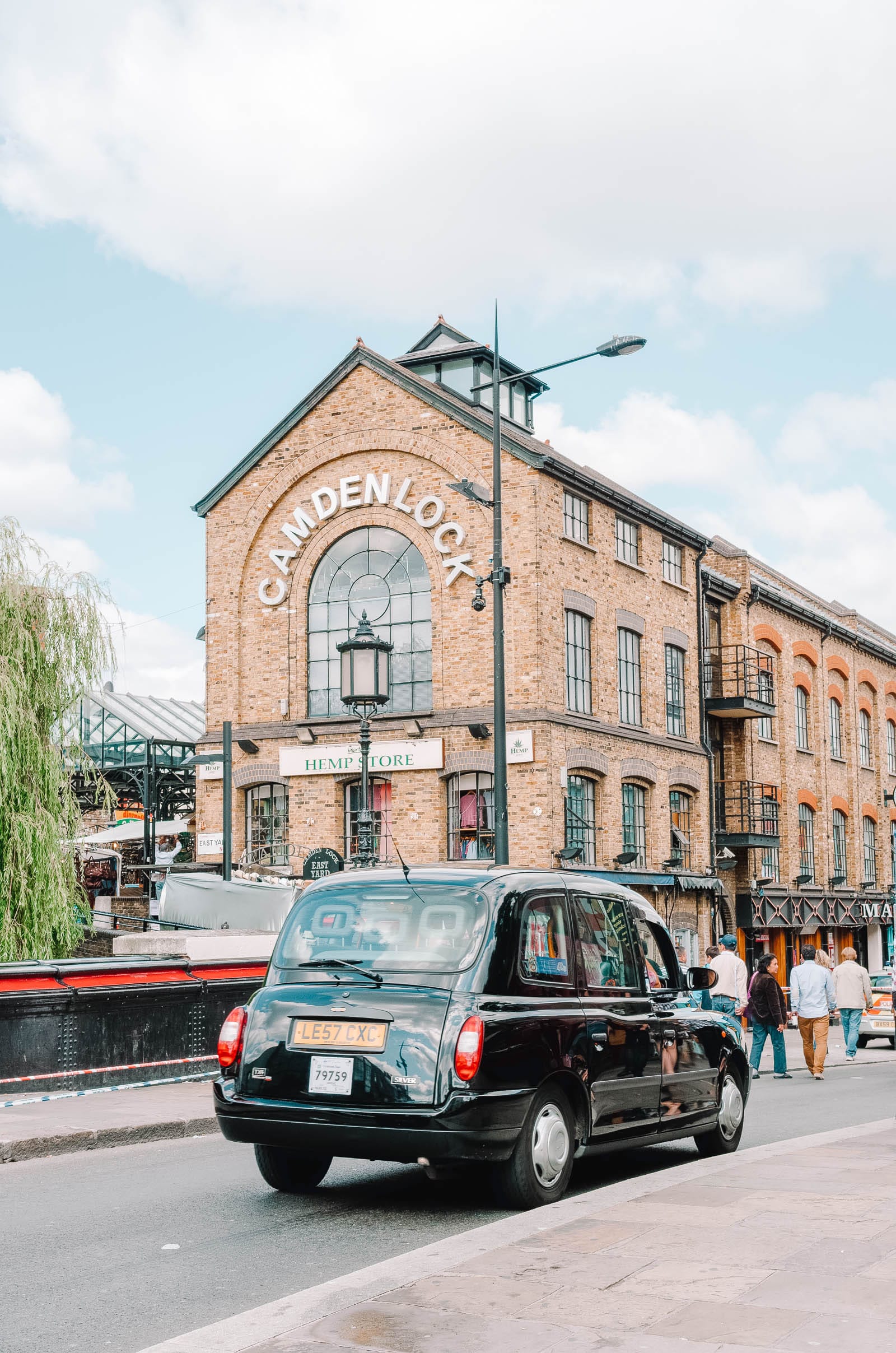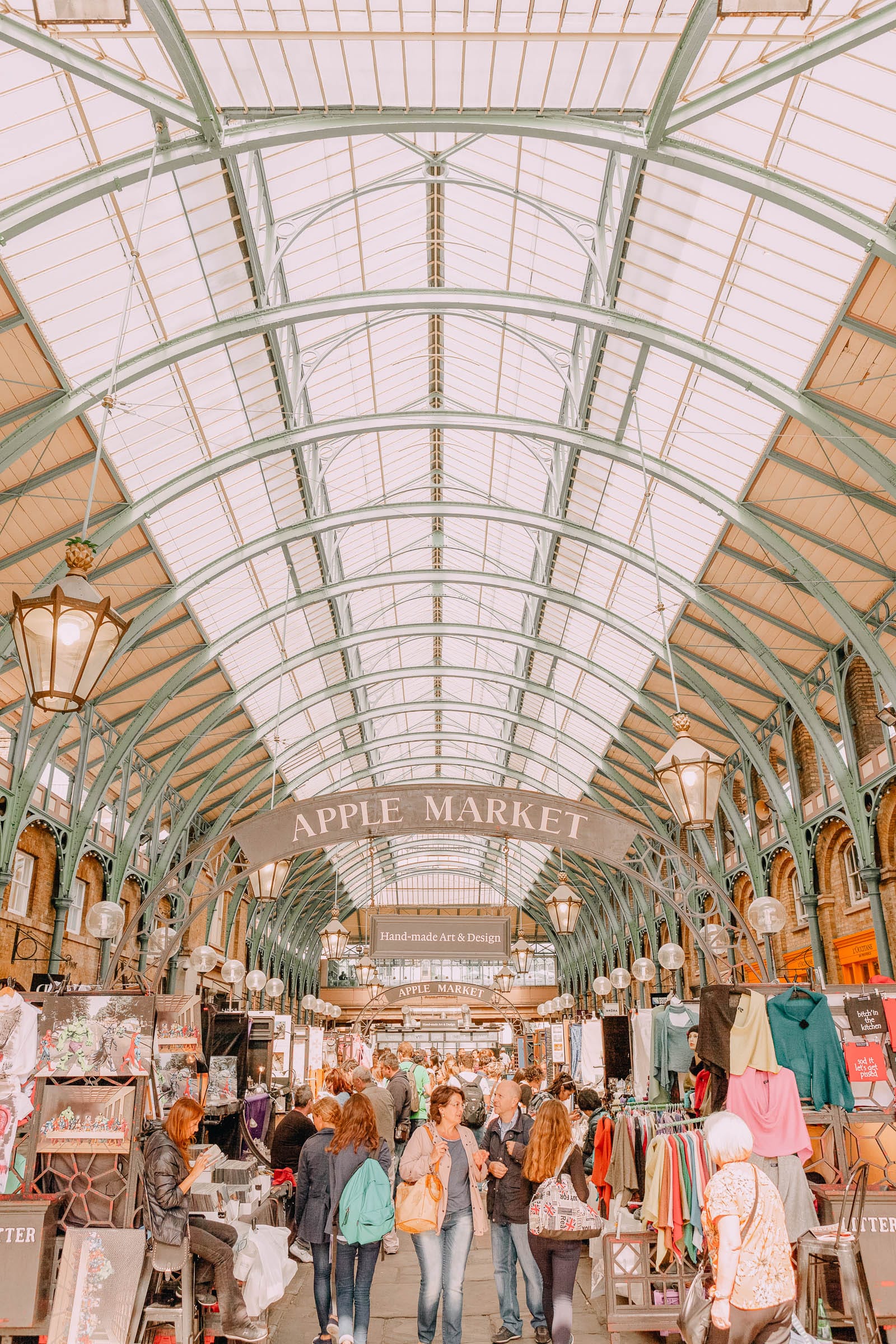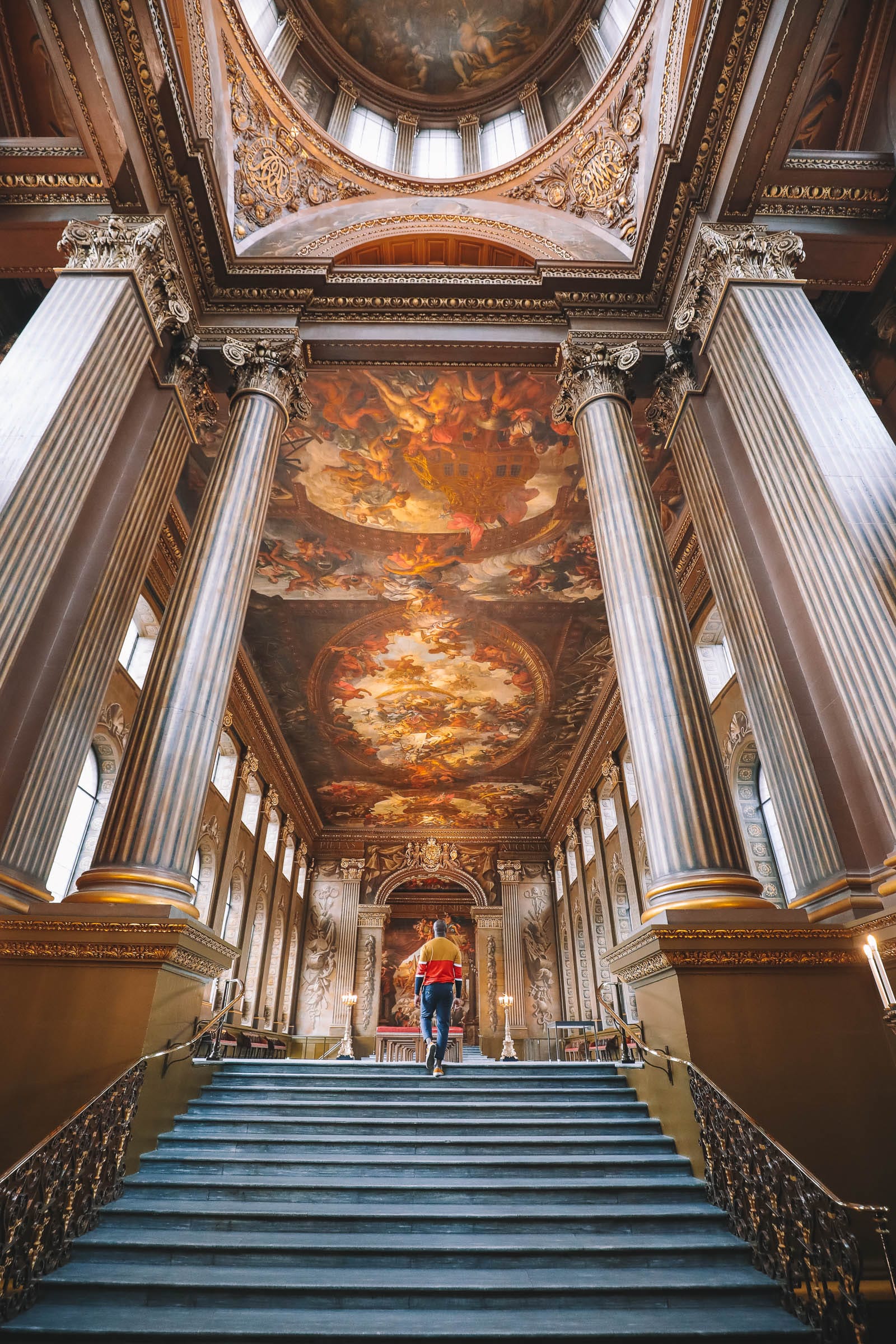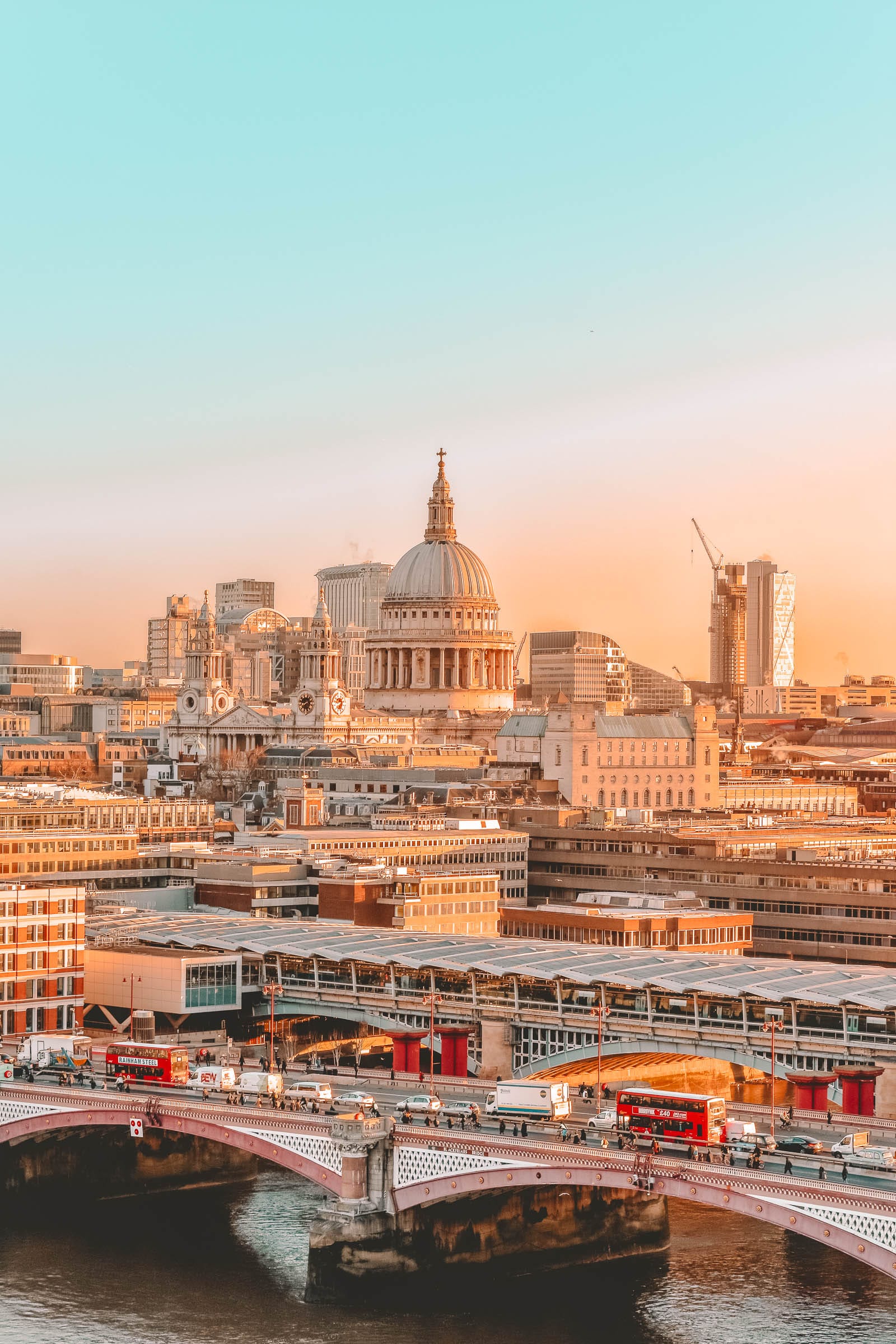Summary of Top Attractions in Pforzheim
- Gasometer Pforzheim
- Schmuckmuseum Pforzheim (Jewellery Museum)
- Wildpark Pforzheim
- Technisches Museum
- St. Michael
- Archäologisches Museum
- Fahrzeugmuseum Marxzell
- Museum Johannes Reuchlin
- Stadtmuseum Pforzheim
- Stadtgarten
- Pforzheim Galerie
- Wartbergfreibad
- Kulturhaus Osterfeld
- Schlössle-Galerie
- Schmuckwelten
At the junction of three rivers on the northern edge of the Black Forest lies the eighth largest city in Baden-Württemberg. Pforzheim is among a select group of distinguished German cities with origins dating back to Roman times, when it was known as Portus.
In contemporary times, Pforzheim has earned the moniker “Goldstadt” due to its flourishing jewellery and goldsmith industry, which has a legacy spanning over 250 years. Presently, approximately three-quarters of all German jewellery is manufactured in Pforzheim, which also boasts the exclusive watch-making and goldsmith academies in the country.
Your visit to Pforzheim will predominantly involve appreciating this rich legacy at various museums, former workshops, and a luxurious shopping mall with an entrance adorned in real gold.
Let us delve into the top attractions in Pforzheim:
1. Gasometer Pforzheim

The esteemed Viennese artist Yadegar Asisi is recognized for his creation of the largest 360° panoramas globally.
Given their immense dimensions, measuring up to 32 metres in height and exceeding 100 metres in circumference, the only suitable venues for displaying these monumental works are converted gasometers.
Pforzheim features Germany’s most recent gasometer (1912) repurposed for Asisi’s panoramas.
This attraction not only showcases the scale and intricate detail of Asisi’s artistry but also revitalizes an industrial historic site for public exploration.
Since its inauguration in 2014, Gasometer Pforzheim has hosted five exhibitions, including a captivating depiction of Constantine’s grand entrance into Rome in 312, as of 2017.
2. Schmuckmuseum Pforzheim (Jewellery Museum)

Situated in the International Style Reuchlinhaus from the early 1960s, this museum provides insights into the history of jewellery.
Pforzheim has long been a hub for jewellery and watch-making, with a dedicated section highlighting locally produced pieces by renowned artisans such as Victor Mayer, whose company supplied jewellery to Fabergé into the 21st century. The museum’s breadth includes 2,000 exhibits spanning five millennia, featuring ancient cultures from Mycenae to Asia Minor, Egypt, Persia, and the Etruscans.
The most breathtaking items may be those from the Art Nouveau and Art Deco periods, showcasing brooches, medals, necklaces, and earrings crafted by esteemed designers like René Lalique and Lucien Gaillard.
The presentation and illumination throughout the museum are exemplary.
3. Wildpark Pforzheim

To the southeast of Pforzheim lies the city’s animal park, which houses nearly 500 mammals, fish, and reptiles across a 16-hectare expanse.
Most of the 70 species represented are native to Central Europe, allowing visitors to observe various deer species, lynxes, Eurasian otters, long-eared owls, alongside animals from other European regions, including moose.
Families with young children will appreciate Wildpark Pforzheim for its petting zoo, children’s farm, rope course nestled in the forest, and two playgrounds.
Prior to your visit, it may be beneficial to check the feeding schedule to engage more closely with the park’s otters and lynxes and acquire knowledgeable insights about their behaviors.
4. Technisches Museum

The impressive Kollmar & Jourdan-Haus is home to a technical museum centered on Pforzheim’s watch and jewellery industry.
This former factory building, featuring Art Nouveau architecture, is heritage-listed and showcases exquisite glazed tiles in white, green, and brown on its facade.
The museum was inaugurated in 1979 following the closure of several jewellery factories in Pforzheim, making it essential to preserve design techniques while explaining how the jewellery sector contributed to the city’s industrial development.
Guests can explore the various production stages at 18 stations on the ground floor, observing completed jewellery pieces alongside the tools and machinery instrumental in their creation.
On the upper floor, a dedicated space presents Pforzheim’s watchmaking history.
The museum staff includes experts who previously worked in local factories, providing live demonstrations of goldsmithing, chain-making, engraving, and guilloche techniques.
5. St. Michael

During an air raid in February 1945, Pforzheim suffered extensive destruction, leaving only this medieval monument, a Romanesque and Gothic church from the 13th century, unscathed.
Even this structure required significant restorations, which continued until 1957. The church is also referred to as “Schlosskirche,” as it was previously integrated into a Renaissance palace that was demolished in the 1700s.
Despite the palace’s disappearance, the church’s crypt remained a burial site for the Baden-Durlach noble family.
Notably, Stéphanie de Beauharnais, the half-sister of Napoleon’s first wife Joséphine, is interred here.
Another rumored burial is that of Kaspar Hauser, the enigmatic young man who claimed to have lived in complete isolation and was the subject of a film by Werner Herzog in the 1970s.
6. Archäologisches Museum

In Roman times, Pforzheim, then known as Portus, served as an administrative hub for the Germania Superior Province.
While the surface provides little hint of the city’s ancient history, significant discoveries were made in 1995 at Kappelhofplatz.
The excavation site, located beneath a Caritas residential home, has been preserved exactly as it was found.
Visitors can traverse the site along footbridges to observe building foundations, wells, heating systems, and even latrines.
Alongside the ruins, artefacts recovered during the dig, such as ceramics, swords, and engraved stones, are displayed.
Adjacent to the site, a newly renovated archaeological museum educates visitors about ancient Portus and the 1995 excavations.
7. Fahrzeugmuseum Marxzell

En route to Karlsruhe, consider a detour to visit a transport museum located in the village of Marxzell.
Housed in a former sawmill, the museum was established in 1968 when automobile enthusiast Bernhard Reichert showcased his personal collection of cars to the public.
Since that time, the collection has expanded to include 140 cars, 70 motorcycles, 150 bicycles, 23 tractors, 16 fire engines, and an array of other vehicles, including locomotives and vintage trams.
For those passionate about vintage automobiles, this museum offers a true haven, featuring models from Opel, Renault, Ford, Citroën, BMW, and Mercedes-Benz from the mid-20th century.
Special exhibits include a 1936 Rolls-Royce, an Audi 920 from 1938, and a Borgward Isabella from the 1950s.
8. Museum Johannes Reuchlin

Johannes Reuchlin, one of the significant humanists of the early Renaissance, was born in Pforzheim in 1455. He significantly contributed to the foundations of the Enlightenment, encouraging dialogues among Christians, Jews, and Muslims.
Reuchlin also advocated for the translation of the Bible into German, well before Martin Luther took up this initiative.
The original Reuchlin Museum, located in the Late Gothic annex of St. Michael’s Church, was lost in the devastation of 1945. However, a new facility opened on the same site in 2008, featuring exhibits across four floors that detail Reuchlin’s life, teachings, research in Hebrew and Ancient Greek, along with his enduring influence over the centuries.
9. Stadtmuseum Pforzheim

Pforzheim’s municipal museum operates across two locations: an old schoolhouse and a parish church.
Commencing at the schoolhouse, visitors can immerse themselves in the city’s historical craftsmanship through recreated watch-making and goldsmith workshops, accompanied by models and artefacts from trades such as saddling, tanning, underwear-making, and shoemaking.
Adjacent to the schoolhouse is a lapidarium featuring Medieval architectural remnants and ledger stones and a herb garden showcasing sculptures by Emil Salm and Baroque artist Ignaz Lengelacher, complete with a barefoot garden.
The church, on the other hand, chronicles significant events in Pforzheim’s history, from the wedding of Margrave Carl I and Catherine of Austria in 1447 to the plague in 1501, devastating fires in 1661, and the bombings of World War II.
10. Stadtgarten

Located south and east of the Reuchlinhaus is Pforzheim’s main park, characterized by its mosaic of flowerbeds and lawns adjacent to the Nagold River.
Previously, there was a grand Neo-Baroque concert hall, the Saalbau, at the site of the current Reuchlinhaus, which was obliterated in February 1945. Dating back to 1885, the park also suffered significant damage but was restored during the 1960s.
A statue of Otto von Bismarck, erected in 1900 and crafted by Pforzheim native Emil Dittler, stands at the center of the park.
Annually, in early July, the park hosts Begegnung im Stadtgarten, a day filled with concerts spanning diverse musical styles from classical to pop.
11. Pforzheim Galerie

Also located within the splendid Kollmar & Jourdan-Haus is the city’s art gallery, which hosts up to five temporary exhibitions each year.
Many of these exhibitions focus on themes related to the Black Forest and Pforzheim’s jewellery industry.
Furthermore, a couple of exhibitions each year feature works by professors from the University of Pforzheim’s design department.
Visitors can also view Pforzheim’s municipal collection, which is notably impressive for a city of this size, featuring works by artists such as Rudolf Schlichter, Hans Meid, HAP Grieshaber, and Manfred Mohr, as well as sculptures from Gerlinde Beck.
12. Wartbergfreibad

During the summer months, residents often flock to the Wartberg, a hill on the northeastern side of the city.
This area features an open-air pool complex enveloped by woodland, providing ample space for relaxation and picnicking.
For those who wish to stay connected, complimentary Wi-Fi is available.
The pools cater to both serious swimmers and families, with a 50-metre sports pool for lap swimming alongside a multi-purpose pool equipped with a slide for summertime fun, as well as a shallow area for young children.
On land, visitors will find a restaurant/café and terrace, a basketball court, a small soccer field, and ping pong tables.
13. Kulturhaus Osterfeld

One of the few landmarks to survive the Second World War in good condition is Pforzheim’s old schoolhouse.
Constructed in 1907, this building was once the largest primary school in Baden and served as the temporary town hall for Pforzheim post-war.
In 1994, it underwent a transformation into a vast cultural center.
This space encourages visitors to drop in and experience a variety of happenings, including art exhibitions, theatrical productions, dance performances, concerts, and workshops.
The program features touring classical soloists, comedians, jazz ensembles, and bands from both German and international backgrounds.
14. Schlössle-Galerie

Established in 2005, this shopping mall in the heart of Pforzheim is named after a grand 19th-century townhouse that belonged to the Bohnenberger family, which was destroyed during the war.
The center is situated mere steps away from Pforzheim’s Hauptbahnhof and features a variety of shops typical of a German high street, including Jack Wolfskin, Deichmann shoe store, H&M, S. Oliver, New Yorker, and Gamestop.
For dining, options in the Schlössle-Galerie include a pizzeria, café, ice cream shop, traditional German delicatessen Landhof Standl, and a branch of Subway.
15. Schmuckwelten

Reflecting Pforzheim’s 250-year legacy in the jewellery industry, this is the largest mall in Europe solely dedicated to jewellery and watches.
This venue serves as an ideal destination for those interested in acquiring hand-crafted jewellery from Pforzheim, alongside brands from around the globe.
Moreover, Schmuckwelten offers a range of jewellery-themed experiences: visitors can engage in a working goldsmith’s workshop and a glassware manufactory where traditional craftsmanship is actively practiced.
The mall additionally features two gold-plated vehicles, a Porsche Boxster Cabriolet and an elegant vintage bus known as the Goldliner.
The entrance to Schmuckwelten is particularly impressive, adorned with 15,000 gold leaves, exuding an air of opulence.




